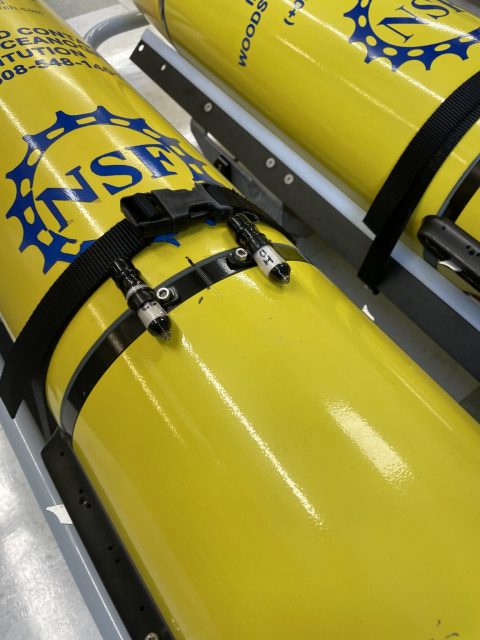Posts Tagged ‘Science Highlights’
Science Highlights
Researchers from around the globe are using OOI data to identify short-term changes and long-term trends in the changing global ocean.
The Science Highlights included in the report below were compiled from quarterly reports submitted by the Ocean Observatories Initiative to the National Science Foundation from 2020-2022. They represent only a fraction of the scientific findings that are based on OOI data. A complete list of peer-reviewed publications based on OOI data can be found here.
[embed]https://issuu.com/oceanobservatoriesinitiative/docs/ooi_science_highlights_autosaved_.pptx?fr=sNzM0ZjQ2ODUxNTQ[/embed]
Read More

